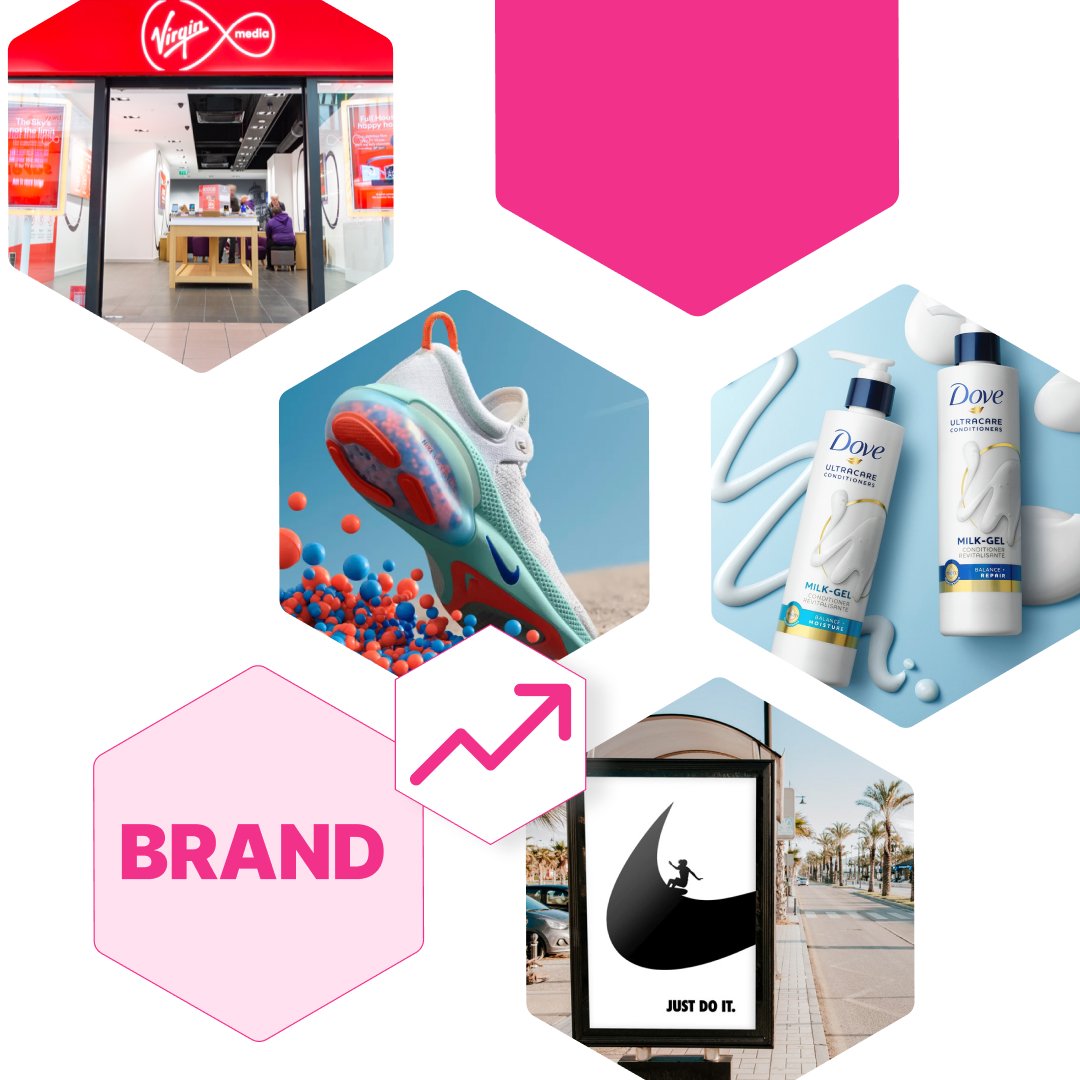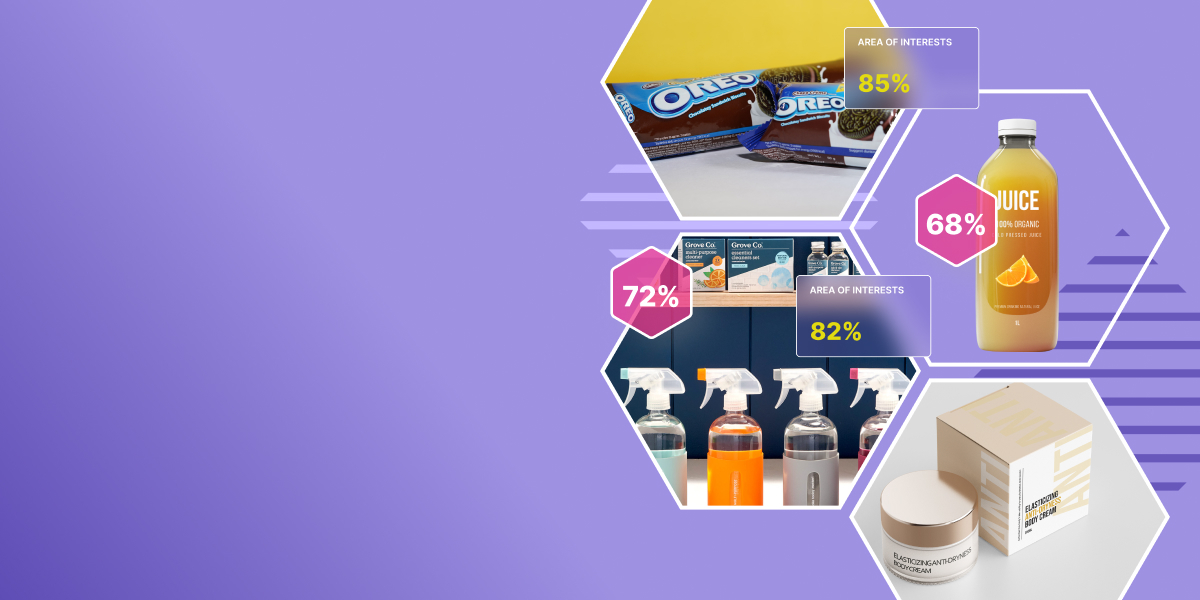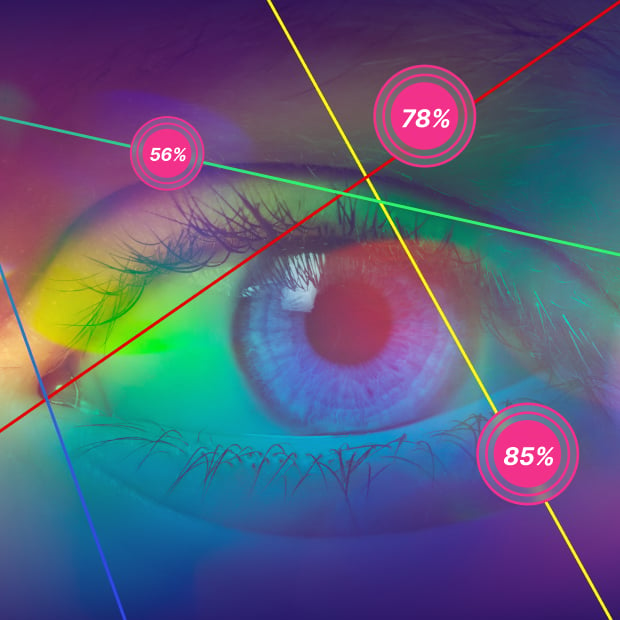Automated retailing is now gaining traction. Brands use AI (artificial intelligence) and other advanced technologies to streamline operations and improve the shopping experience.
Statista shows that the global retail automation market will grow from $12.2 billion in 2021 to $33 billion by 2030. Integrating automated systems offers various benefits for CPG brands. It can streamline brand operations and personalize customer experiences.
Let us look at how automated retailing can benefit CPG brands and transform the industry.
Overview of Automated Retailing
Automated retailing is the integration of advanced technologies into the retail environment to minimize human intervention in tasks traditionally performed by store employees. This includes applications like automated checkout systems and smart shelf technology, which are changing how we shop. The goal? Stores that run smoother and cater more to customers' needs.
Several key technologies that drive the growth of automated retailing are:
- Artificial Intelligence (AI): AI algorithms power intelligent inventory management. They predict demand fluctuations to manage stock levels. AI chatbots and virtual assistants also enhance customer service by providing instant and accurate responses to inquiries.
- Robotics: Robots perform tasks like stocking shelves and fulfilling orders from warehouses. These solutions can improve efficiency and save human efforts for more complex tasks.
- Internet of Things (IoT): IoT devices such as sensors and cameras monitor inventory levels in real time. These gadgets keep an eye on everything in the store, from how much inventory is left on the shelves to how fresh the products are. Stores can use this information to ensure they always have what they need and to keep things running smoothly.
Benefits of Automated Retailing for CPG Brands
Automated retailing offers several benefits for CPG brands. Here are some of the main benefits:
Cost Reduction & Efficiency
Automation streamlines operations within the supply chain and retail environment. Robots can handle repetitive tasks like stocking shelves and picking orders much faster and with fewer errors than human employees. Additionally, AI-powered systems can optimize delivery routes and inventory management to reduce costs.
Improved Customer Experience
Automated retail technologies can personalize consumers' shopping experiences. As 43% of customers prefer self-checkout, systems like kiosks empower customers to complete purchases quickly and conveniently. In-store robots can also assist with product location and personalized recommendations to ensure customer satisfaction.
Inventory Management
Did you know that 46% of problems in warehouses happen because of human error? Automated systems can avoid this by offering insights into inventory levels for CPG brands for better stock management. This reduces the risk of stockouts and ensures continuous product availability for consumers. Additionally, AI can optimize production schedules to minimize the risk of excess inventory and product waste.
.png?width=1280&height=700&name=Blog%20Image%202%20(22).png)
Data-Driven Insights
Automated retail systems generate valuable data on customer behavior, sales trends, and product performance. This data can help CPG brands to gain insights into consumer preferences. This allows them to target their marketing campaigns and product development strategies based on real-time market demands for profitability.
Case Studies of Successful Automated Retailing
Research shows that 21% of stores across Europe, North America, and Asia are automated, and the number is expected to rise to 36% by 2022. To understand the transformative power of automation, it is important to examine real-world examples of CPG brands that have successfully implemented these technologies. Real-world case studies of successful automated retailing include:
Case Study 1: Coca-Cola - Optimizing Vending with AI
Background: Coca-Cola, a global beverage giant, faces a competitive market with changing consumer preferences. Traditional vending machines offered limited flexibility in pricing and product selection.
Implementation: Coca-Cola partnered with a technology company to implement AI-powered vending machines. These machines gather real-time data on factors like weather conditions, time of day, and local customer demographics. The AI algorithms then adjust pricing for Coca-Cola products dynamically, maximizing sales and profitability.
.png?width=1280&height=700&name=Blog%20image%202%20(23).png)
Results: Since implementing AI-powered vending machines, Coca-Cola has reported significant benefits:
- Increased Sales: Coca-Cola has seen a measurable increase in sales and a 15% increase in transactions.
- Improved Efficiency: The AI system automates pricing adjustments, freeing up staff time for other tasks. It also dropped restocking visits by 18%.
- Enhanced Customer Experience: Dynamic pricing ensures customers receive competitive prices that increase satisfaction.
Case Study 2: Danone - Streamlining Operations with Automated Warehousing
Background: Danone has a diverse product portfolio, including dairy, plant-based alternatives, and baby food. Hence, timely product delivery of fresh products and optimal handling are important to maintaining their brand reputation. However, this can sometimes be challenging.
Implementation: To address these challenges, Danone integrates robotics, AI, and warehouse management software (WMS) to streamline various operations:
- AI-Driven Demand Forecasting: Danone uses AI-driven demand forecasting tools to predict consumer demand more accurately. These tools analyze data such as sales, market trends, and external factors such as weather changes and promotions. This helps the company optimize inventory levels and reduce the likelihood of product spoilage.
- Warehouse Management Systems (WMS): Danone integrated WMS with Automated Storage and Retrieval Systems (AS/RS) and other warehouse technologies. WMS provides real-time inventory tracking and optimizes picking routes for human workers.
- Robotics in Warehousing: Danone deployed robotic systems to handle tasks such as sorting and palletizing in its warehousing operations. These robots work alongside human employees to increase efficiency and accuracy in order fulfillment.
Results: By implementing automated solutions, Danone has experienced several key improvements:
- Increased Efficiency: Automation streamlines picking, packing, and shipping processes, leading to faster order fulfillment and reduced labor costs. It also makes it easy to locate an item in the warehouse.
- Improved Product Quality: Reduced handling time and optimized storage conditions minimize the risk of product damage and spoilage, ensuring high-quality products reach consumers.
- Improved Data Insights: Better insights into consumer behavior and supply chain efficiency allow the company to make more informed decisions and continuously improve its operations.
Case Study 3: Kellogg's - Optimizing Inventory with Automated Shelf Monitoring
Background: Kellogg's, a leading producer of breakfast cereals and snacks, struggled to maintain consistent product availability across retail stores. Stockouts can lead to lost sales and consumer frustration. Additionally, overstocked shelves tie up valuable capital and can lead to product expiration.
Implementation: Kellogg's implemented a comprehensive automation strategy involving technologies and initiatives:
- AI-Powered Supply Chain Optimization: Kellogg's used AI algorithms to optimize its supply chain, from production to distribution. AI-driven demand forecasting models were used to predict consumer preferences and optimize inventory levels across its global network of warehouses and distribution centers.
- Automated Ordering System: Based on the data analysis, the platform automatically generates purchase orders for retailers. This ensures timely restocking and minimizes the risk of stockouts.
- Machine Learning: AI algorithms analyze the images to determine product levels and detect potential merchandising issues. This shelf data allows Kellogg's to analyze how their products are positioned relative to competitor brands and identify opportunities for optimized shelf placement to maximize visibility.
Results: Kellogg's collaboration with Smart Shelf Technologies has resulted in significant improvements:
- Reduced Stockouts: The AI-powered supply chain optimization reduced lead times and improved inventory turnover, minimizing stockouts.
- Increased Sales: Improved product availability and optimized replenishment strategies increased Kellogg's retail sales.
- Increased Operational Efficiency: Kellogg's supply chain and logistics operations became more streamlined.
Overcoming Challenges in Automated Retailing
While the benefits of automation in the retail industry are clear, CPG brands may face several challenges in implementing these solutions:
Common Challenges
Implementing automated retail solutions presents several obstacles for CPG brands. The high initial investment required to acquire and integrate technologies such as AI, IoT, and robotics can be a significant barrier. Technical complexity adds to this challenge, requiring specialized expertise for seamless deployment. Data privacy and security are critical concerns, as automated systems collect extensive consumer data.
.png?width=1280&height=700&name=Blog%20Image%203%20(21).png)
Solutions and Best Practices
To address these challenges, companies require strategic planning and effective stakeholder engagement. Implementing automation in phases can help manage costs effectively. Investing in employee training and hiring technical experts can help tackle technical complexity hurdles. Moreover, implementing robust data security measures, including encryption, access controls, and regular security audits, protects consumer data and maintains trust.
Final Words
The future of CPG retail is undeniably automated. By adopting these advancements, CPG brands can enjoy several benefits and ensure long-term success in the evolving marketplace.
As the retail space continues to evolve, CPG brands that embrace automated retailing solutions will be well-positioned for long-term success. By partnering with innovative technology partners like Dragonfly AI, CPG brands can use advanced visual attention prediction capabilities to maximize the impact of their creative assets and drive consumer engagement.
By integrating Dragonfly AI's solutions into your automated retailing strategy, you can:
- Predict visual attention and engagement with your creative assets in real-time
- Identify the most attention-grabbing elements and optimize for impact
- Measure and compare the power of different creative concepts
- Gain actionable insights to inform your creative strategy and drive consumer engagement
Book your demo today!



.png?width=1280&height=700&name=Blog%20Image%202%20(22).png)
.png?width=1280&height=700&name=Blog%20image%202%20(23).png)
.png?width=1280&height=700&name=Blog%20Image%203%20(21).png)